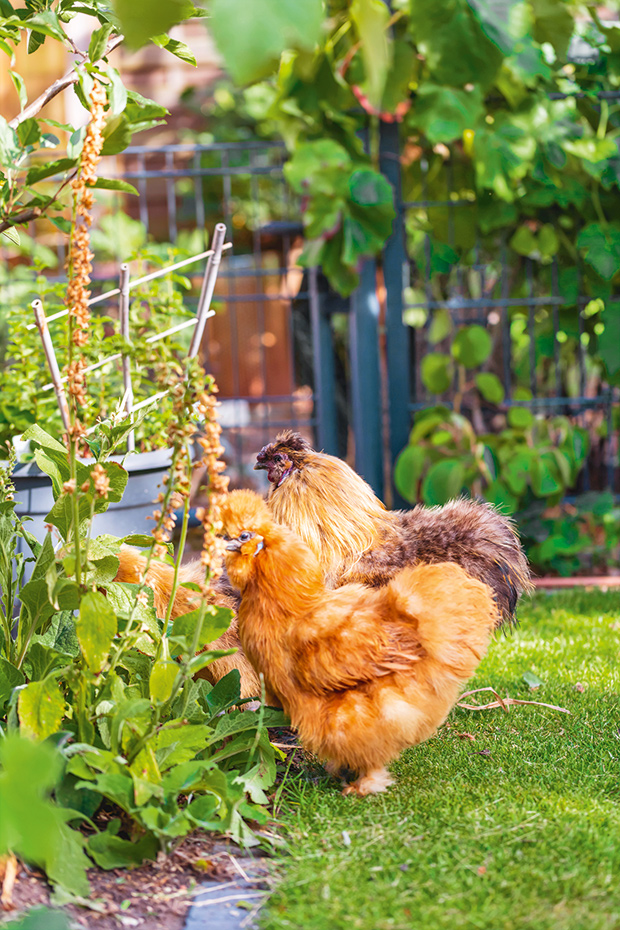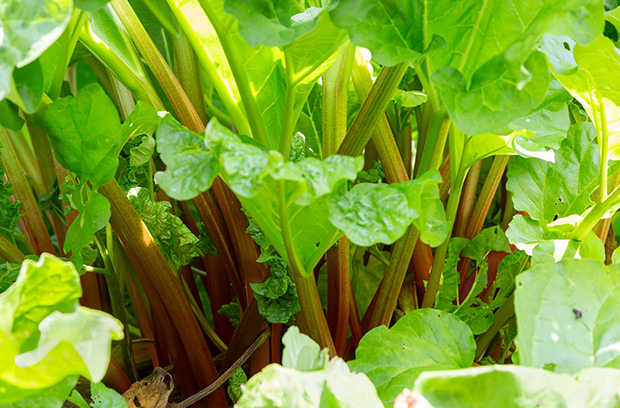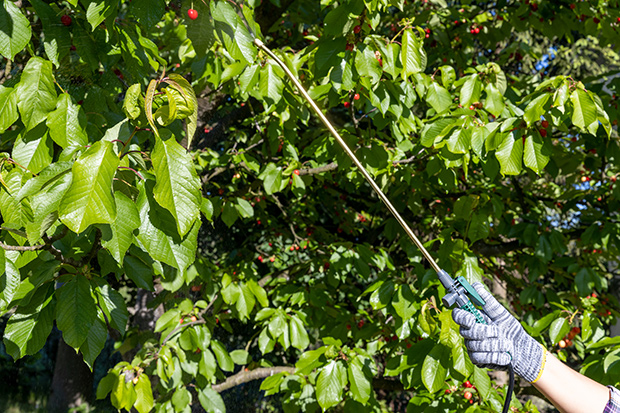Why summer can be a toxic time for your chickens

Poultry may instinctively stay away from toxic substances and plants, but they will eat them if they’re hungry, overly curious, or just make a mistake.
Words: Nadene Hall
Birds on a bare run, with a diet restricted to kitchen scraps, weeds, and discarded garden plants are at particular risk.
What not to feed:
• garden prunings, weeds, seeds, or other plant trimmings unless you’re 100% certain the plant isn’t toxic – wilted plants are often much higher in toxins
• lawn clippings, which block the crop
• parsnip, celery, or parsley leaves – these contain furocoumarins, which can inflame the gullet, causing dermatitis and fluid-filled blisters on un-feathered skin
• green potatoes, green nightshade berries and foliage – these contain solanin, causing depression and diarrhoea
• rhubarb leaves – contain oxalic acid, which causes gut inflammation and haemorrhages in small blood vessels
Why rhubarb is confusing
Many people observe their birds eating rhubarb leaves with no apparent ill effects. It’s thought toxic oxalic acid levels are lower at certain times of the year.
But it’s also easy to miss seeing the symptoms (gut inflammation, diarrhoea) or assume they’re caused by something else. Don’t let poultry eat rhubarb.

THE DANGER LIST – TOXIC TO POULTRY
Copper
How: eating copper-coated seeds (protection from fungi), fruit tree sprays.
Signs: convulsions, paralysis, green-blue diarrhoea.
Creosote
How: pecking treated wood
Signs: uneven growth, waddling gait caused by fluid in the abdomen, enlarged liver, more susceptible to disease, including coccidiosis.
Fertiliser (superphosphate, RPR rock)
How: eating granules spread on pasture or in the garden.
Signs: can cause an upset of the calcium-phosphorous balance, may affect egg production and eggshell strength.
Insecticides (organophosphates)
How: birds eating insects that have died from insecticide spray.
Signs: respiratory distress, often misdiagnosed as a respiratory illness.

Lead
How: eating soil, insects, and worms.
An NZ study found higher lead levels in chickens living outside houses:
• clad with weatherboards
• built before 1950
Lead is also found in soil close to formerly busy roadsides (due to lead in petrol pre-1980), and in gardens and orchards where lead-based pesticides were used (eg former orchards).
Signs: usually no symptoms – you need to do blood tests, test the eggs and/or the soil. Fatal to hens, and residue affects humans who eat the meat or eggs.
Mycotoxins
How: eating moulds, often found in old/stale/rancid feeds or grains, especially in feed that has been damp.
Signs: may be vague, including failure to grow, poor production, scouring.
Rodenticides (brodifacoum, bromadiolone)
How: eating bait and/or bodies of poisoned rats and mice.
Signs: internal bleeding, death.
Salt
How: birds may eat salt-based weed-killing products, brine/salt discarded from home curing of bacon and ham, or scraps of meat and bone with high levels of salt.
Signs: extreme thirst, difficulty breathing, twisted necks, turkeys more easily affected than chickens, can be fatal.
Zinc oxide
How: birds may eat granules or other products added to water or pasture used to prevent facial eczema in livestock.
Signs: induced moulting.
OTHER TOXINS
• cat or dog flea treatments, often toxic to poultry, eg Frontline (fipronil) – never use on poultry.
• slug and snail baits in excessive quantities.
• plants sprayed with weed killer or fungicides;
• naturally occurring fungal and bacterial toxins, especially in water;
• disinfectants not rinsed off after sanitising equipment such as drinkers.
Love this story? Subscribe now!
 This article first appeared in NZ Lifestyle Block Magazine.
This article first appeared in NZ Lifestyle Block Magazine.
